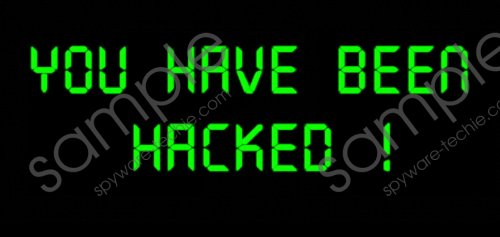Do you know what Kindest Ransomware is?
Kindest Ransomware is the newest infection to emerge from the Hidden-Tear family. The infections linked to this family are all built using the same code, which is why they all work in similar ways. Some other threats that belong to this group include Kampret Ransomware, Kripto64 Ransomware, and Karmen Ransomware. Although they are similar, they are built by different parties, and so they have differences as well. For example, the infection we are discussing in this report, supposedly, has a different purpose than most other threats within the family. While most ransomware infections encrypt personal victims’ files to make them pay money for decryption software, this one is introduced to users as an educational instrument. According to our research team, this infection does not always work the way it is supposed to, and the victims might have their files locked up permanently. If you have faced it, you need to remove Kindest Ransomware as soon as possible, and the information in this report will help you.
Once Kindest Ransomware slithers in, it locks the Desktop with a scary warning that states: “YOU HAVE BEEN HACKED!” This is when the infection stars encrypting the files found on your operating system. The bad news is that it does not add a unique extension to these files – which is something most ransomware threats do – and that makes it much harder for you to assess the situation. According to our analysis, the threat uses the AES encryption algorithm, and it can encrypt .exe files as well. This means that your photos and other personal files are likely to be encrypted along with the executables of installed apps as well. Needless to say, Kindest Ransomware does not touch Windows files to ensure that your operating system runs smoothly. Once the encryption is done, you should be introduced to a different warning with more information. According to this warning, the suspicious ransomware was created to raise awareness about malware, as well as to introduce you to it. At the bottom of the message, a link to a YouTube video called “Ransomware As Fast As Possible” is displayed. Although your files might be decrypted as soon as you watch this video, that is unlikely to happen. Kindest Ransomware screenshot
Kindest Ransomware screenshot
Scroll down for full removal instructions
It appears that Kindest Ransomware might be an experiment because there is no real purpose behind it. Its creators are not seeking for money, but that, unfortunately, does not mean that this threat is harmless. On the contrary, while most threats at least give the victim hope that files could be restored, this one makes no such promise. As mentioned already, the files could be decrypted automatically when you watch the video, but it is most likely that you will not be shown the link to this video at all. When this threat was analyzed in our internal lab, it encrypted all files without any option to decrypt them. On the other hand, the malicious Kindest Ransomware does not delete Shadow volume copies, which means that file recovery is possible if a system restore point is set. Otherwise, you are in trouble.
What should you do if your files were encrypted by Kindest Ransomware, and you are unable to decrypt them yourself? If that is the case, you might be facing permanent loss of your personal files. Although we can show you how to unlock your screen, we cannot help you with the decryption process. Of course, you must delete Kindest Ransomware as soon as possible, and this task can be complicated if you do not know which file is the launcher of the malicious infection. If you are having issues identifying and deleting the malicious .exe file, consider employing anti-malware software that could eliminate it automatically.
Remove Kindest Ransomware
- Restart the computer to disable the screen-locking warning.
- Identify the malicious .exe file, right-click it, and choose Delete.
- Empty Recycle Bin and then perform a full system scan (do not skip this step).
In non-techie terms:
You must delete Kindest Ransomware because it can encrypt your personal files. Unfortunately, most users discover this threat only after it is done encrypting their files. If that is the case, you still need to remove the ransomware because it is a serious threat. Hopefully, you are able to decrypt your files, or they are backed up, and you do not need to think about the decryption at all. When it comes to removal, we advise using anti-malware software that could simultaneously erase malware and reinforce your system’s protection. Even if you choose to remove Kindest Ransomware manually (refer to the guide below), you need reliable protection that only trustworthy anti-malware software can provide you with.
